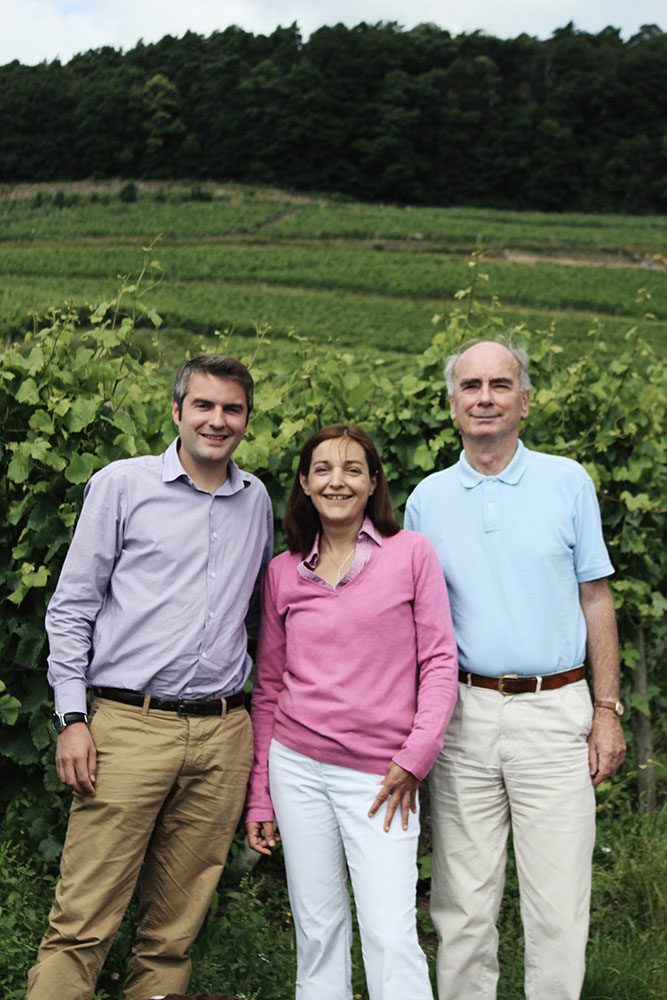In more recent history, the Germans occupied Alsace during WWII, before the region was liberated (some in the region may disagree with this characterization) in 1945. When traveling in the region today, it is easy to forget that you are in France versus Germany.
Alsace is hilly with warm summers, cool winters and one of the driest regions in France (although this year has been excessively rainy). During the growing season, hot days and cooler nights result in grapes with high acidity and wines that are naturally fresh and vibrant. The diversity of soils — sandstone, limestone, granite, clay, volcanic — influences the character of the wine, in particular the aroma, texture and structure.
Ninety per cent of the wines produced in Alsace are white and traditionally the wines tended to be fermented dry, but some producers have adopted a lighter, sweeter style akin to some German wines, which can cause confusion for consumers. When the residual sweetness is balanced with bright acidity, the wines are rich but still fresh. In the absence of ample acidity, the wines become sweet and flabby. Producers, in my opinion, need to be true to the region as opposed to dumbing down the wines. Creating unnecessarily simplistic wines in an attempt to appeal to a mass market results in homogenization and the eradication of any sense of the place and ability to differentiate the wines from the sea of generic juice inundating retail shelves and restaurant wine lists.
For me, the top wines in the region are the flinty, bone-dry, sometimes austere Rieslings; rich, textural and structured Pinot Gris; and perfumed, round and excellent-value Pinot Blanc. There are also outstanding wines produced with Gewürztraminer, Muscat and Sylvaner. The region also produces youthful and refreshing sparkling wines, Cremant d’Alsace, using the methode traditionelle.
Perhaps the greatest asset of the wines of Alsace is their versatility with food. The bright acidity, minerality, texture, freshness and richness of the wines makes them extremely food-friendly and allow the richly textured and structured whites to pair well even with red meat. Many in the industry tout Alsatian Gewürztraminer as an ideal match with Indian and Thai curries. I do not share this view as I find the intensity and spiciness of the wine to be in conflict with the flavours of most curries. I would suggest that a Pinot Blanc or Pinot Gris (or a Riesling with a touch of residual sweetness) from the region would be a better match in this situation.
But much of the beauty and appeal of wine and food is the discovery. Here are several suggestions to aid in rediscovering the wines of Alsace.

